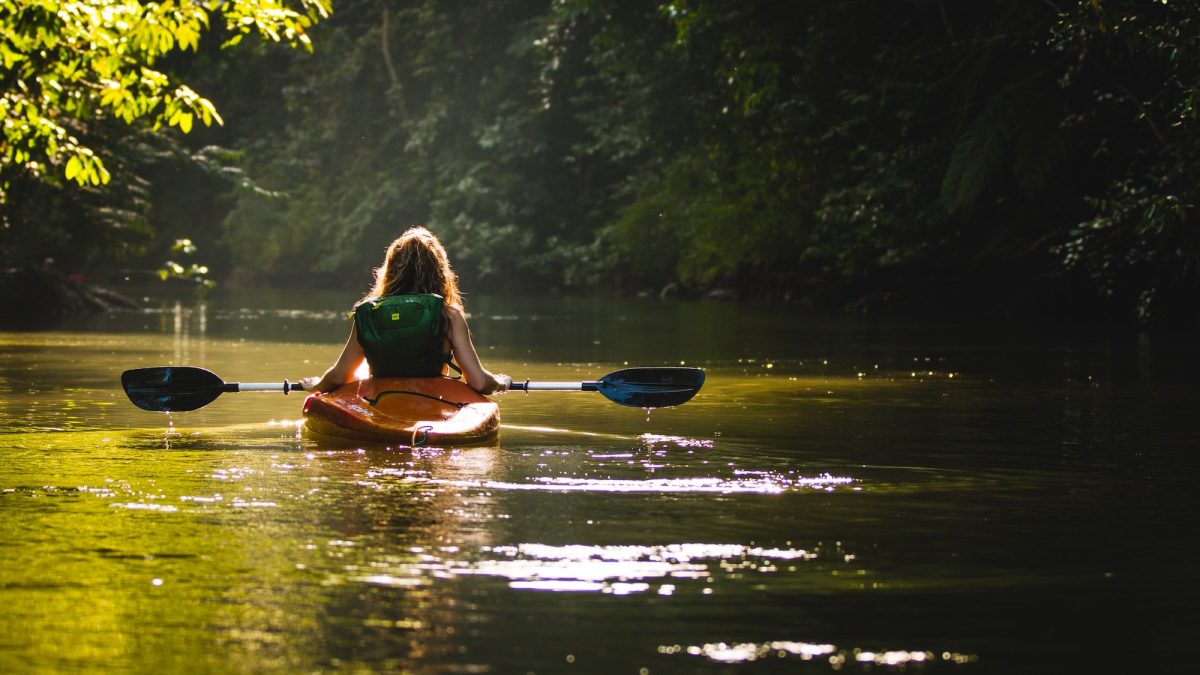Kayak
{A written practice}
Kayak
Sitting in (on) the water...
Kayaks (mid-18th century from Inuit qayaq: man's boat or hunter's boat) were developed thousands of years ago by the Inuit, Aleut, and Unangan peoples of the Arctic north. Orginally constructed anthropometrically, and sized to the exact specifications of the person who would sit in the boat, they were assembled from bone and wood, and encased in sewn animal hides. Kayaks hug the body of the person rowing them, and are paddled with double-bladed oars. This means that a kayaker can stroke continuously on both sides. The boat is extremely agile, and in its ancestral form was designed to flex with the paddler and move with the ocean. Because you are seated so low in the water, there is exquisite feel of the movement of the body of water beneath you.
Kayaking, in addition to providing marvelous exercise, gives you a deeply connected experience with the water, and the hand-powered boats are small and nearly silent, permitting you to move through water without causing disruption to the animal life around you.
Related Practices:
Elemental practices in water, such as Ride the Waves, Stand Outside in a Storm, Hydrate, and Living Water. Movement practices, such as Qi gong and Stretching and Dance. For more on the Unangan culture (the Unangans were one of the originators of the kayak) see The Unangan Way.Photography: | Licensed from Pexels.com, used with permission.


